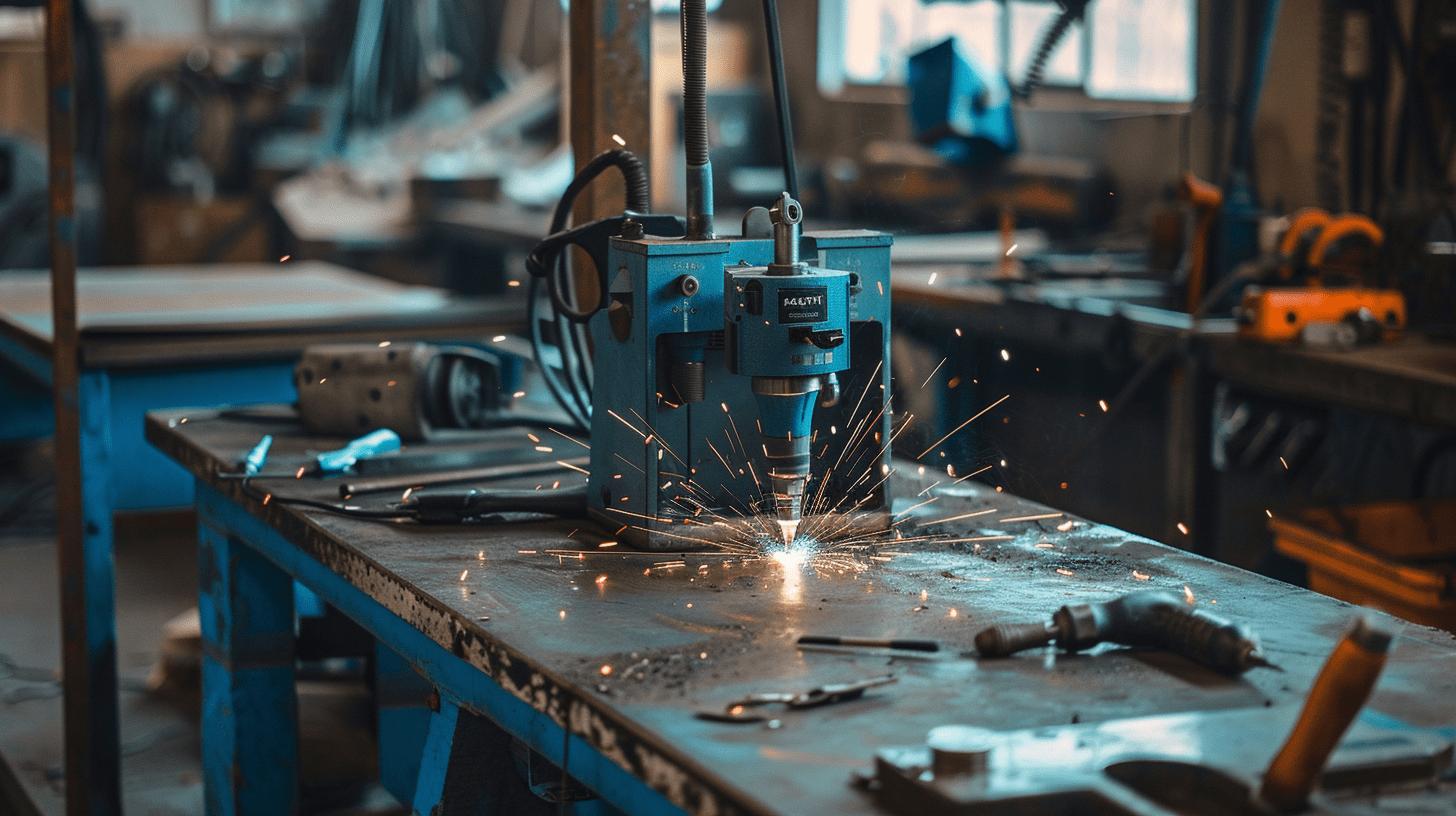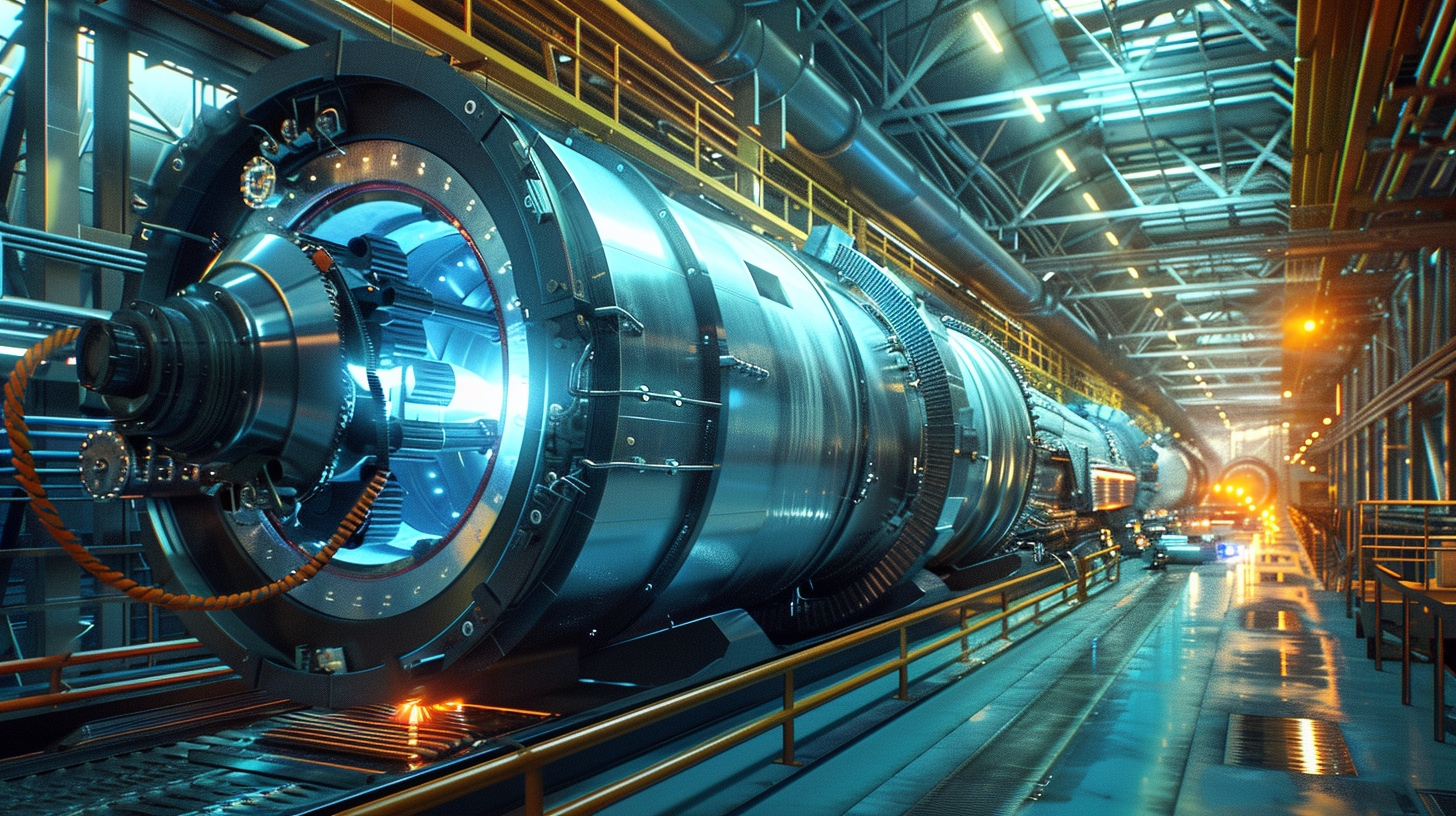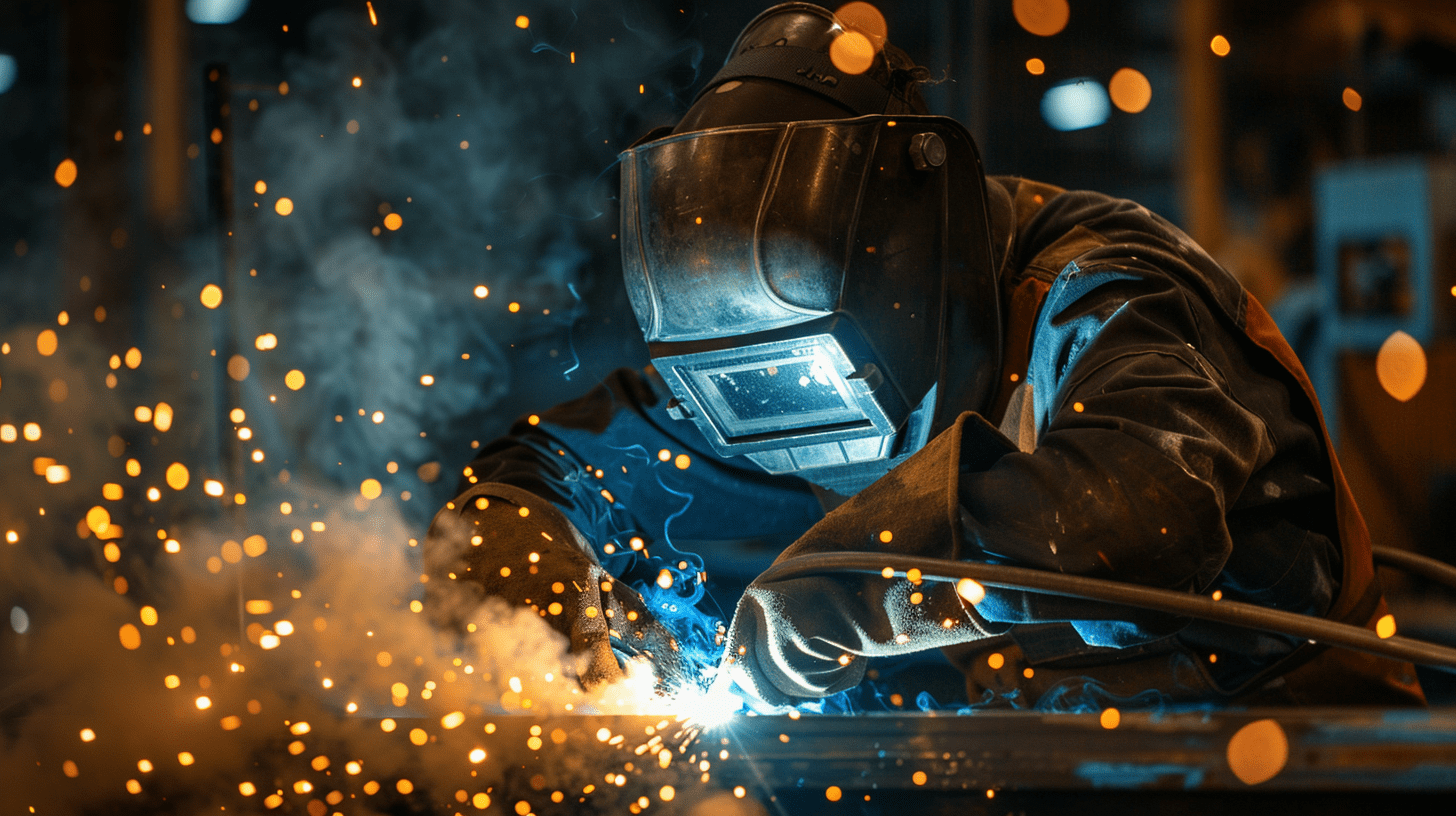Introduction
MIG stands for Metal Inert Gas and is also known as Gas Metal Arc Welding (GMAW) or wire welding. It is a very popular and continuous arc welding process in which an inert gas shield protects the welding pool from flowing out of the torch and to the piece that needs to be welded. This shield of inert gas allows the machine to operate without any slag which makes this process ideal for higher productivity projects.
Scientific Approach of MIG Welding
There is a strong scientific approach behind the working of MIG welding. MIG welding uses electricity for melting and assembly of the metal pieces to achieve a durable, solid and aesthetic weld. The shield of inert gases prevents the weld pool from contamination and oxidation and also minimizes the risk of materials catching fire.
Working Process of MIG Welding
The process of MIG welding includes the use of current to create an arc between the electrode wire and the metal piece. This arc helps in melting the wire which further leads to deposition of this melted wire into the creation of actual weld. Once the wire is melted, the source of heat such as torch is removed which cools the weld pools and solidifies it. This creates a new form of molten metal- the actual weld. This process takes place at the nozzle of a MIG torch which is very similar to a fuel dispensing gun. This torch also feeds the electrode wire and shielding gas into the actual weld simultaneously.
Supplies Needed for MIG Welding
Following are the important supplies and devices needed for MIG welding process:
- MIG Welder: MIG welder or MIG welding machine is the first and important necessity for this process. This machine is quite versatile and requires a good level of skill. The budget of this machine can be determined according to the skill and application of the welding project. The recommended adjustable amperage of this machine is between 30 to 200 A. This machine can be available for less than $500.
- Shielding Gas and a Gas Tank: A gas tank is another requirement in this process for storing the inert gas. They are available in different sizes ranging from 40 to 125 cubic feet in terms of the capacity. The gas cylinders of shielding gas consist of special safety precautions and must have a time of 10 years for hydro test date. The shielding gas must meet all the standards of regulatory organizations such as DOT, CE and ISO. Argon Gas can be used as an inert gas for the general use such as welding carbon steel materials with stainless steel, aluminium or copper alloys.
- Wire: Continuous wires are used in MIG welders as they have high current density and can be tolerated by coated electrodes during other processes. It is important to maintain the current density in coated electrodes as excessive current density can cause cracks in the coating due to the presence of different coefficients between the metal core and the coating. Wires used in MIG welding have a range of diameter from 0.8 to 1.2 mm. Some of the wires can also have a diameter of 1.6 to 2 mm. It is important to choose the correct wire for this process according to the equipment and the process.
- Auto-Darkening Helmet: MIG welding process generates welding sparks and free-flowing UV lights which can be harmful for retina and can lead to temporary blindness. The eyes can be blinded permanently if they are exposed to these sparks continuously. Thus, it is important to wear an auto-darkening helmet as it has an optoelectronic hood which protects the eyes and face from those sparks and splashes during the welding process.
- Metal Brush: Metal brush is used to clean the surface that needs to be welded before starting the process. It helps in removing slags, rusts and dirt from the surface. The metal brush should have stainless steel bristles.
- C-Clamps: C-clamps or G-clamps should be used to hold the metal workpiece as it is important for this piece to be stable to attain precise welds.
- Angle Grinder: Angle grinder is usually needed in pre-welding and post-welding procedures. This grinder removes all the dirt, rust and paint from the metal piece before starting the actual welding process. It also removes the weld spatters once the welding process is finished.
- Safety Equipment: The arrangement of safety equipment should be the priority while welding with the shielding gas. This equipment list includes safety goggles, long sleeve clothes, fire extinguisher, leather boots, gloves and sunscreen.
Gases Used for MIG Welding
Different types of gases can be for MIG welding but here are the 3 most common gases used:
- Pure Argon: Pure argon is used to weld steel in high-quality welds. It is used for MIG welding of aluminum or other metals for thin sections under 10 mm due low heat input from the arc.
- Pure Helium: Pure helium is used when high inputs are required from the arc such as in the situations where aluminum or copper alloys are welded.
- Mixture of Argon and Helium: Pure helium is quite expensive in comparison to pure argon. Thus, in cases where high inputs are required at low cost, a mixture of argon and helium is used as a shielding gas.
Take Away
This is the brief explanation about MIG welding, its scientific approach, working process and important components required in the process. We hope this information will be effective for you. Please let us know through your valuable feedback and the suggestion in the drop box.




